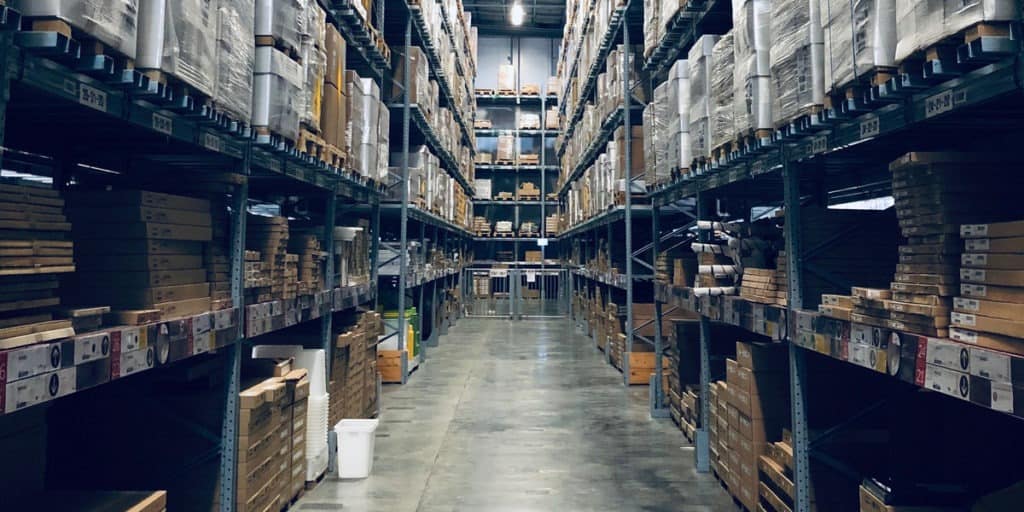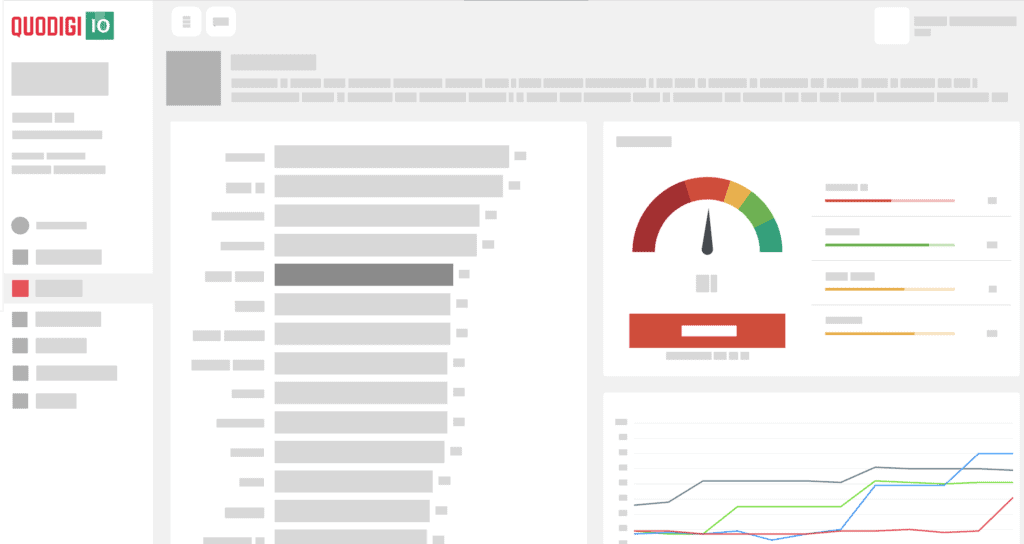The Internet of things takes many forms, both from a technological point of view (think of the infinite number of sensors available) and obviously on the business side. These numerous combinations, which often lead to real dead ends from a project sustainability point of view, raise a spontaneous question: in which situation does an injection of IoT technology in an industrial reality make a business line really more efficient and profitable? The case of spare parts warehouses provides a virtuous answer to this question.
The context
Thanks to the collaboration of our partners specialized in the world of IoT technologies, I had the opportunity to work on a concrete case related to an SME with a strong international profile interested in speeding up the preparation processes of orders related to spare parts.
The SME in question, producing raw material processing plants, found the need to ship, for each order referred to the spare parts warehouse, a considerable quantity of items very different from each other both in size and unit cost. The result of such process of evasion of the orders suffered the problematic of an elevated necessary time between the reception of the order and the physical shipment of the goods due essentially to two processes:
- Retrieval of spare parts order items (up to 200 items per order)
- compilation of the Transport Document with relative updating of the warehouse stock
These processes, if we consider the high number of items to be managed, performed in disjointed and consequential phases were strongly time consuming: the evident result was a decidedly high average time for the execution of an order.
The theme of the context in which to make a choice of implementing a technology that can, in a simple and immediate way, speed up some very trivial and repetitive processes, must usually answer some simple questions, including:
- why is it useful to speed up this process?
- how do you quantify the gain?
- why start the implementation in a spare parts warehouse (and not in other apparently more critical areas)?
Without wanting to dwell too much on a 360° analysis of the pros and cons (technical and business) of why this type of project can be a useful and inviting opportunity, suffice it to say that:
- Speed is a fundamental component when an order for spare parts has to be processed, as very often they have to replace deteriorated components that do not allow the correct functioning of the systems in which they are to be installed.
- The gain obtained (it will be seen exposed also in continuation) is measurable with calculation models tied up to opportunities of increase of the volume of turnover correlated to the increase of the ability to evasion of the orders
- The spare parts warehouse is (usually, also in this case there are no universal rules) made up of products with a high (sometimes very high) margin if compared to the same components used for the assembly of any finished product.
Technology
Technology, as I have often commented on in the past, must possess the following basic characteristics:
- being (hyper) simple
- have low intrusiveness in business processes (translated: there must be no or minimal effort in the use of technology)
- have a cost (bought at the business opportunity) possibly calculable a priori and, of course, in any case reasonable
In the specifics of this project, in complete adherence with the above characteristics, it was decided to use NFC technology as a "smart barcode" for identifying the replacement item. More in detail, the following basic setup is considered:
- NFC chips placed on the warehouse shelves next to each item, each NFC chip is programmed with the identifier of the item it is intended to represent
- Warehouse operators equipped with smartphones (also on the wrist for convenience)
This configuration allowed the operators, in a very simple, reliable and unobtrusive way, approaching the item to be picked (automatically recognized by the NFC chip), to select from the smartphone the quantity to be picked, sending the information directly via Wi-Fi to the warehouse database, updating the stock in real time and automatically filling in the order form. Three operations condensed into a single (necessary) activity: picking up the goods from the warehouse shelves.
The business opportunity
We talked before about being able to answer a question (many times the only question that matters): how do you quantify a priori, considering costs and effort of introducing the technology, the economic gain for the business?
In a clear and defined context from a metrics point of view, it was possible to ascertain, and subsequently verify in the field once the technology was applied, that the business opportunity linked to a 30% reduction in order processing times corresponded to a +37% total margin due to the spare parts warehouse activity alone (absolute margin on sales increased by 750k€).
The situation described above obviously considers (as was the case with the company in question) the possibility of increasing turnover, since, in the situation prior to the use of the technology, there was not sufficient capacity in the company to satisfy all requests for spare parts in time.
So there are several possibilities offered by technologies that are very simple in their technical nature but extremely effective if you have the ability to identify a specific case of interest and you can estimate a priori (for you to verify a posteriori) the impact on business, the example above is a case among many particularly qualifying.




